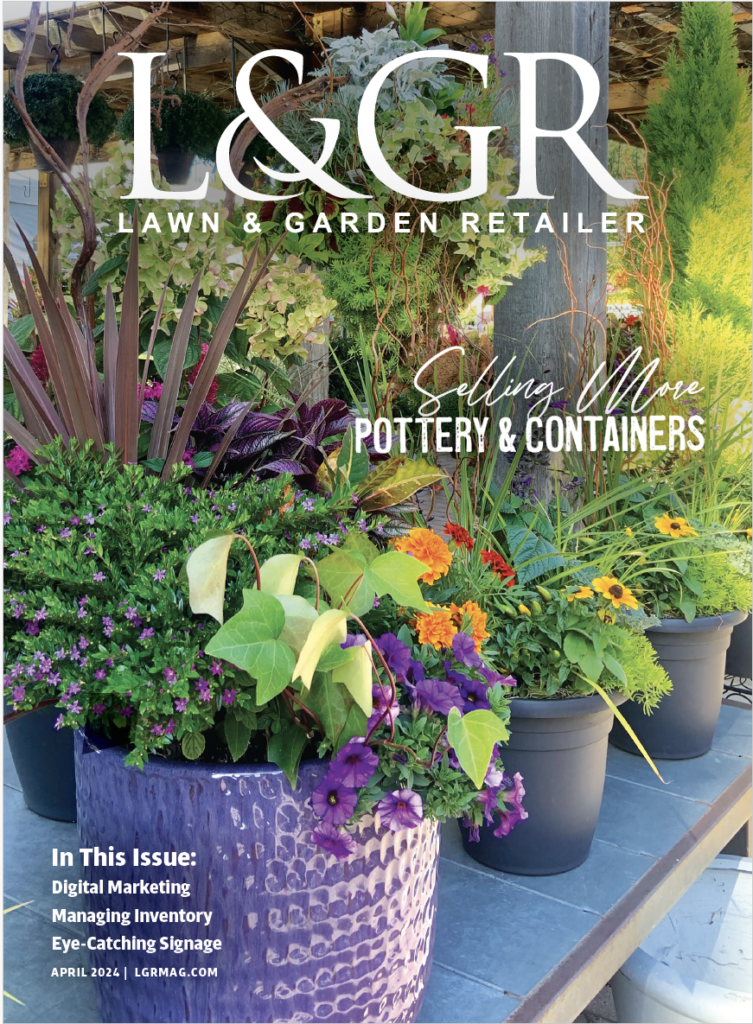Color Stacy’s Perennially Successful
Garden center retailing has always been about more than just opening up the doors at a reasonable hour and waiting for customers to flock in with open checkbooks and a Martha Stewart recommendation. Marketing a myriad number and variety of live plants, and relevant accessories, season after unpredictable season to a fickle public through diverse economic conditions can be likened to driving to a strange city without a map or compass. You know where you are going, but are just not quite certain of how to get there.
Stacy’s Greenhouses in York, S.C., is both a thriving wholesaler and a successful garden center, and while it regularly faces the same challenges as its peers, it has been able to make peace with major area chain stores on a wholesale level. It has firmly established its own garden center operation against the most stringent of competition.
The right mix for success
Located about 40 miles south of Charlotte, S.C. the nearest major metropolitan area Stacy’s has been giving the public what it wants since 1971. There are no real secrets, according to Tim Brindley, vice president of operations, just implementation of good floricultural business practices. “Everybody’s production quality has improved in recent years,” says Brindley. “All the retailers around here, from mass-merchandisers to garden centers, offer good-quality plants. In order for us to continue to grow and maintain price margins to support growth, Stacy’s has gone beyond just offering high-quality plants. All our employees understand the necessity of good customer service. They are trained to be informative and to offer extra-measure services such as design assistance. We also offer on-premises educational classes for consumers that have been very well-received. These services have helped us successfully compete against nearby discount retailers such as Lowe’s and Home Depot, despite having generally higher prices.”
Offering informed assistance is critical to Stacy’s success, says Brindley, but equally important has been the live plant product mix, and product display, that it offers. “Annuals will always be very important to us economically, but price-wise the annual market is cut-throat. We have been having great success with perennials, which now account for approximately 30 percent of our live-plant sales. The profit margins for perennials are substantially higher than margins for annuals, possibly because of our Southern location. In the South, it seems annuals are considered to be a low-priced commodity by consumers, who tend to buy them by the flat. On the other hand, perennials are viewed as a long-term garden investment. This may just be a perception on the consumer’s part, but as they say, ‘perception is reality.'”
The secret is color
Stacy’s retail operation spreads across seven acres: five acres of outdoor plant display space and about two acres of indoor area for plant foods, gifts and other hard goods. Perennials and annuals are similarly displayed in the outdoor areas with 3-tier step-ups designed by Stacy’s. There is no difference in the signage for annuals or perennials. Nursery items are usually displayed on the ground.
“But it’s not just how you display the plants,” emphasizes Brindley, “it’s the stage of growth you show that is critical. The number-one thing that appeals to our customers, by far, is color. Our customers come in looking for color. Space and plant size are important, as is the seasonality of the plants, but the big thing is color. That’s why our featured perennials and annuals are shown in color. What looks best on a given day is what we feature, not green plants.”
“Perennials have an advantage [over annuals] because they have a better shelf life,” continues Brindley. “They keep their color longer, require less care, less pruning and just less maintenance in general. This is just as important in our garden center as it is in the customer’s home garden. When a customer walks in, they don’t usually specify perennials. But when they see the perennials displayed next to the annuals, they are fascinated by the wide range of varieties and color, and wind up taking some sort of combo back to their gardens. Of course, there are a number of more knowledgeable gardeners who specifically ask for perennial varieties. Some of the most-asked-for varieties here would include Albo marginata, a hosta; ‘May Night’, a salvia that was the 1997 Perennial Plant of the Year; ‘Goldsturm’ Rudbeckia; and ‘Magnus’ echinacea, which is also a former Perennial Plant of the Year. I imagine that such a list will vary by region, but here in the Southeast, those are in high demand,” says Brindley.
What works in the Southeast may not work in the Northwest, and what works for Stacy’s may not work for a different garden center. But combining good service, and informative and educational assistance combined with a broad, lively, colorful product mix with good profit margins, is a formula for success no matter where or what size the garden center.

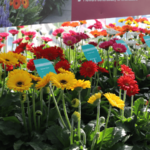


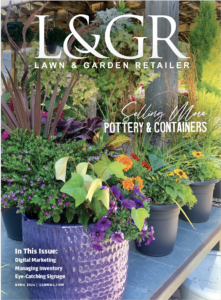
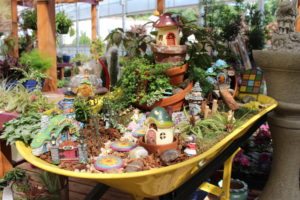
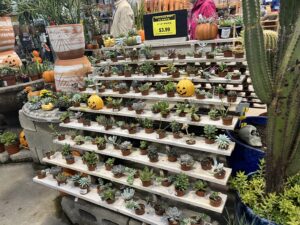

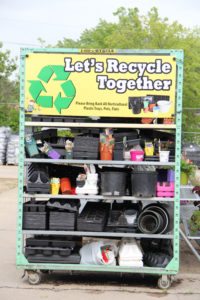
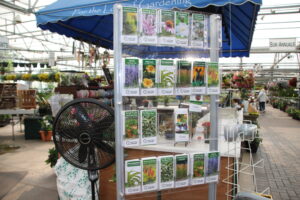
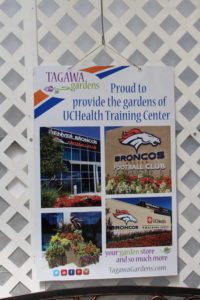

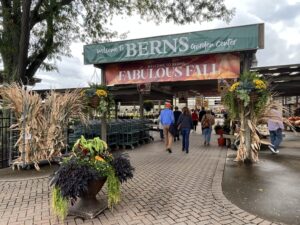
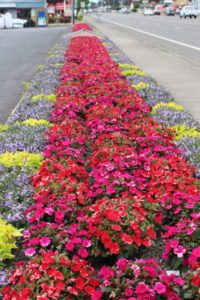
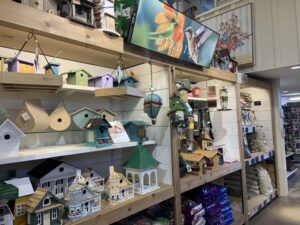
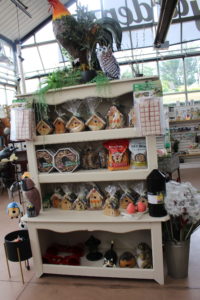
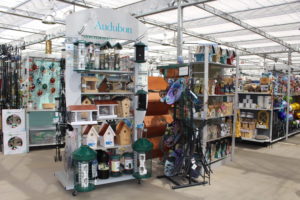
 Videos
Videos




